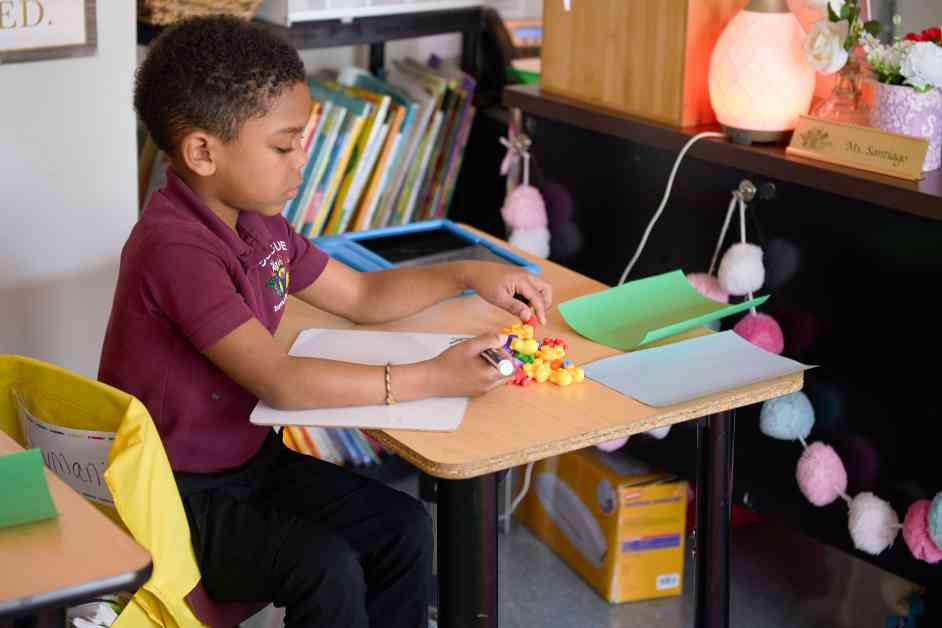As a special education teacher, I understand the importance of developing logic and reasoning skills in students, especially when it comes to solving math problems. It is crucial for teachers to find effective ways to bridge the gap between math and literacy to help students succeed academically.
One approach that can be helpful is to integrate math and English language arts instruction, allowing students to see these subjects as complementary disciplines that work together to solve real-world problems. By removing numbers from word problems and encouraging students to read through the entire problem before computing, teachers can help students grasp the context and visualize the problem more effectively.
Incorporating storytelling into math instruction is another powerful tool to enhance students’ understanding of math concepts. By using engaging literature that relates to math, students can better relate to and remember math concepts, ultimately reducing math anxiety and improving confidence in problem-solving.
Administrators should support teachers in blending math and ELA instruction by providing training and resources. Encouraging a curriculum that allows teachers to facilitate learning rather than simply lecture can promote more student engagement and collaboration.
Educators can also use project-based learning, collaborative environments, and literature-based discussions to challenge students and enhance their math and ELA skills. By incorporating these strategies, teachers can strengthen the connection between math and ELA, leading to deeper learning and increased student engagement.
Overall, an integrated approach to teaching math and English language arts can not only improve students’ math skills but also promote a more effective education system. It is essential for administrators, educators, parents, and policymakers to advocate for integrated curricula to ensure students’ success in both subjects.
In conclusion, developing logic and reasoning skills in students is crucial for their academic success. By integrating math and English language arts instruction, teachers can help students build a strong foundation in problem-solving and critical thinking. With support from administrators and policymakers, educators can create a more effective and engaging learning environment for all students.

